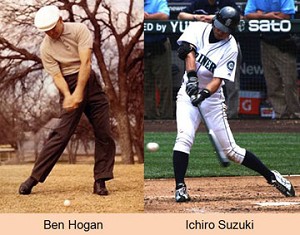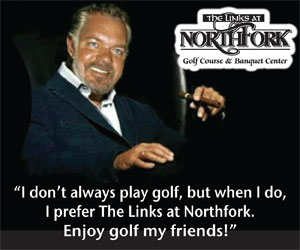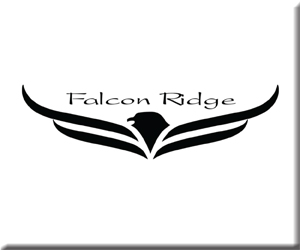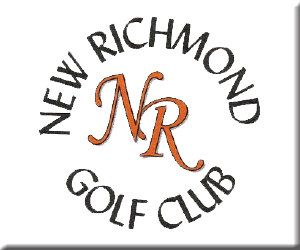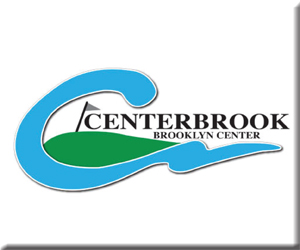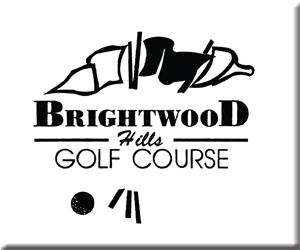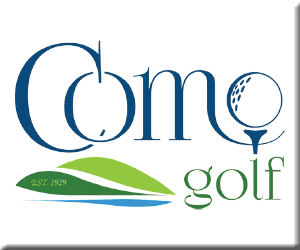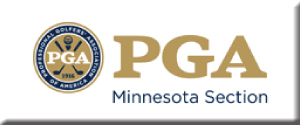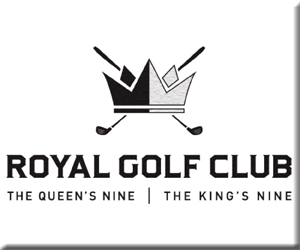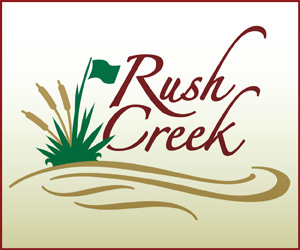Hand Action Explained
By Tom Abts
I just read a quote that stated, “85% of golfers don’t know how a strong or weak grip affects ball flight.” I was saddened, but not surprised by that statement. And, I believe that lack of understanding is the fault of golf instructors. We’ve become so concerned with body movements and positions, that we don’t explain how the hands should use the golf club.
Please bear with me – I’m going to try to be as clear and concise as I can, but it’s going to take some time for me to explain how the hands should use the golf club.
First off, most people have a fundamentally wrong idea about how the golf club should make contact with the ball. Most people try to flip the clubhead under the ball and lift it up in the air. The other day, I was on a golf instruction site, and they were showing video of a guy making a very short restricted swing – back swing and follow through – and everyone was analyzing what was wrong. All of the comments were about poor body positions. These golf instructors were correct about the poor body positions, but no one talked about WHY he was making those faulty moves. His short, restricted swing and poor body positions were a result of how he tried to lift the ball up into the air. His swing was the result of not understanding proper impact.
The grip is related to proper impact, but let’s get there after we understand the purpose of the golf swing.
You’ve all heard the saying, “Let the club do the work” but probably don’t know what that means. It should mean – let the loft of the clubhead lift the ball into the air – don’t try to lift the ball into the air. I constantly hear people say that they mishit a shot because they didn’t get the clubhead under the ball. You do NOT want to get the clubhead under the ball. You want to sweep the ball off of the ground. The loft of the clubhead is designed to get the ball up into the air. Trying to get the clubhead under ball leads to miss-hits and poor golf swings.
The proper motion of the golf swing is the same as a waist high baseball swing. The hands, wrists, and forearms rotate during the swing – they do not stop and flip. That flipping motion stops and restricts your golf swing. Why do so many people flip the golf club? Because that is the natural concept when looking at the ball on the ground. It seems to be commonsense to use the clubhead as a scoop to get the ball off of the ground and up into the air.
Ironically, most people do the opposite when the ball is teed up for a driver. Because it’s already up in the air, they don’t worry about getting it airborn, so they smash down on the ball with their driver and then pop it up because they hit the ball off of the top of the driver. They would be better off to scoop with their driver and beat down with their irons, but their concept of the golf swing is fundamentally wrong.
Why did the guy on the golf site have such a short, restricted swing? Think about this. If he’s trying to flip the ball up into the air with his wrists all he thinks he needs is to cock his wrists on the backswing and uncock them on the downswing – thus, almost no swing at all – just some faulty wrist action. Especially because this was a very big, strong guy, he didn’t feel he needed any extra swinging action to hit the ball.
Ok, how does the grip affect ball flight? That’s how I started this essay. Here’s how: If the hands, wrists, and forearms rotate like a baseball swing, the grip affects how much the club rotates. If your hands are turning over – not flipping – the more your hands start out turned to the left, the more leverage they have as they turn to the right. Does that make sense? Try this: put your hands together like you’re praying. Have your hands neutral and not tilted to the left or right. Now, turn your hands to the left so that the right hand is on top of the left hand. That is the proper rotation of the hands during the golf swing. Now put the hands in the prayer postion again – but this time turn them a a little to the right and stop. From that position, rotate the hands to the left – see how you have more leverage when you start from the right instead of the neutral position? That position from the right, when it is on the golf club, is called the “strong” grip. It is strong because it has more leverage. But it is only strong and has more leverage if it rotates to the left. If it “flips” instead of rotates, the clubface still opens and the ball will still probably slice because of the open face. I don’t care how “strong” your grip is, you will still slice if you flip the golf club.
Some people don’t slice every time, even though they don’t rotate the club with their hands and wrists, because they hit the ball with their shoulders. The shoulders are not a good way to square up the clubface. It is very inconsistent and leads to an outside-in swing path known as “coming over-the-top.”
All of the body movements react to how you swing the golf club, not the other way around.
Let’s talk about the grip. Most people grip the club like you would grab a rope in “tug of war.” They squeeze with their palms and the left hand usually is turned left and the right hand is usually turned right. This type of grip makes swinging the golf club very difficult. Try to get the club into your fingers – not your palm. It won’t feel as powerful, but you’ll be able to rotate the club and generate speed. You also want a slightly “strong” grip. So, put the left thumb on the right hand side of the shaft – not down the middle of the shaft. And try to hold the club with the fingers of the left hand. Then, put the right hand on the club and try to get the club in the fingers of the right hand – especially the forefinger. If the club is in the fingers of the right hand, the baby finger should gently ride on top of the forefinger of the left hand. That is a very good golf grip, which is conducive to rotating the golf club.
Hopefully, now you can be one of the 15% of golfers who understand how a “strong” or “weak” grip affect ball flight. The stronger the grip, the more leverage you will have rotating the club, and the more you can close the clubface, thus leading to a hooked shot. The weaker your grip, the harder it is to rotate the clubface and the more likely you are to slice or fade the golf shot.
Practice this as much as you can. A good grip and proper hand action leads to a good, consistent golf swing – and will naturally solve your body “problems.”
